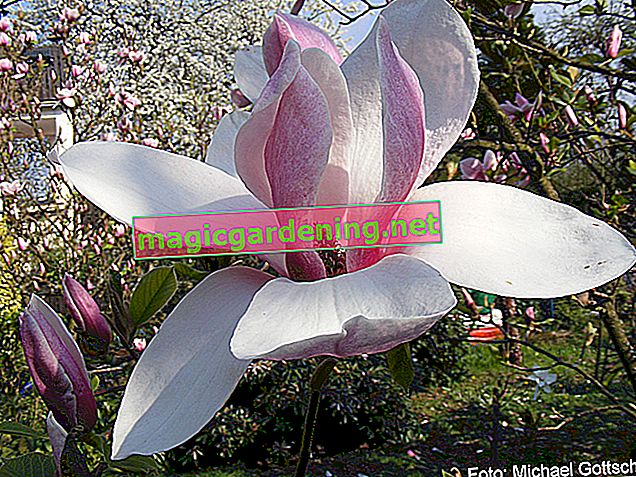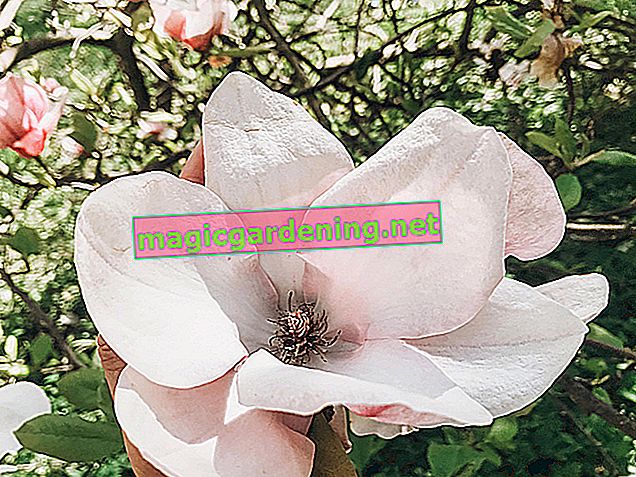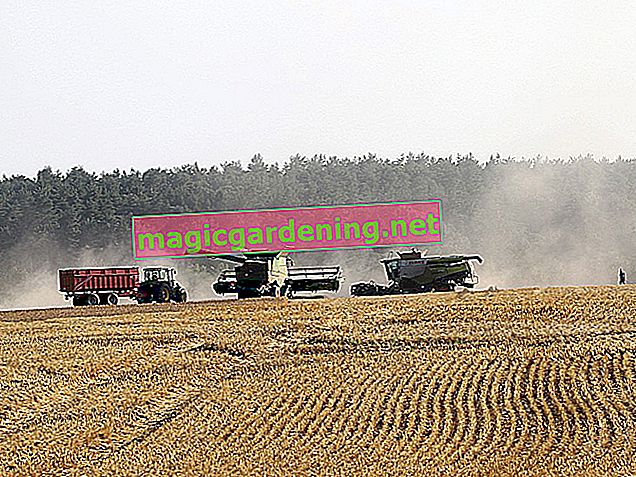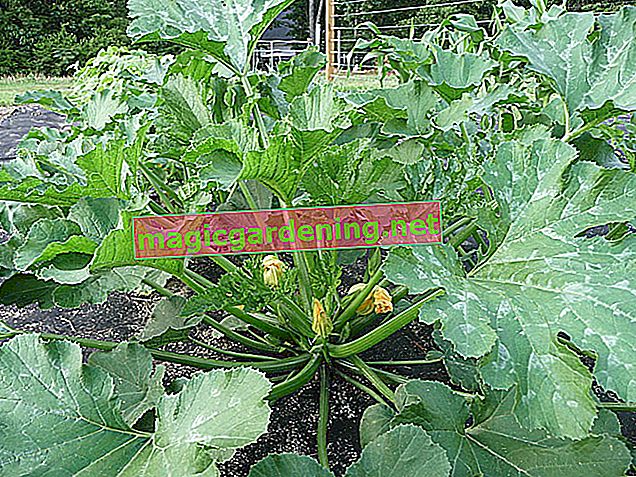
Extraction of seeds from the fruit
After flowering, many magnolias develop a fruit that does not always contain seeds. The so-called follicle fruit surrounds the - inedible - pulp with the seed capsules and bursts open as soon as the seeds are ripe. It is immensely important to match this point in time precisely: after all, reproduction only succeeds when the seeds are fully ripe. So harvest the seeds from the cracked capsules and carefully remove the adhering red shell and the surrounding pulp. Both of these can later lead to unwanted putrefaction. The actual seeds of the magnolia are black. The pulp and skin are easier to remove if you soak the seeds in a little warm water beforehand.
also read
- Successfully pull lettuce yourself
- Caring for magnificent magnolias properly
- Recognize and control pests on magnolias
Growing magnolias from the seeds
However, the newly obtained seeds cannot be planted immediately, because the magnolia is a frost germ. That means you have to keep the seeds cool for several months before you can start sowing the following spring. This method is called stratification in technical terms and works as follows:
- Pack the cleaned and dry seeds in an airtight container with moist sand.
- The seeds must be completely surrounded by sand.
- Place the container in the freezer or the vegetable compartment of your fridge.
- Leave it there for about three to four months.
Alternatively, you can simply pack the seeds in a pot with potting soil and finally bury it in a suitable place in the garden. The surface of the pot should not be covered with garden soil, but should remain free. Now all you need is a cold winter.
Maintain the young plants properly
In the following spring, take the stratified seeds from your refrigerator and sow them as follows:
- Fill small flower pots with loose potting soil.
- Moisten them well.
- Put the seeds inside and lightly cover them with soil.
- Now place the pot in a location that is not too warm, but bright.
- Alternatively, you can bury the pot in the garden.
- However, this only works if there are definitely no more frosts to be expected, especially at night.
- Always water well so that the substrate stays moist.
Now it's time to be patient again. Magnolias can germinate very quickly, but they can just as easily take a few months.
Tips & Tricks
The self-grown young magnolias are still quite sensitive to frost and should therefore be allowed to spend their first winter in a pot and in a frost-free, but only a maximum of 10 ° C warm place. You can only plant the magnolia in the following spring.








